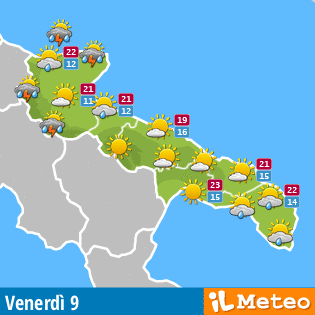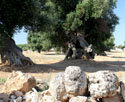Castro Marina
Info Castro
-
Region:
Provincie:
Municipality:
CAP:
Area code:
Surface:
Population:
city hall:
-
Apulia
Lecce
Castro
73030
0836
4,44 Kmq
2.451
Via Fratelli Bandiera
Castro marina, a village of fishermen at the feet of the medieval city
Castro marina is well known for its crystal waters and its main attraction is surely represented by the sea caves which are situated in the northern area of the town. During the Hellenic domination (4th century B.C.) the zone was used as extractive cave; it is during the Middle Ages that it became a little rocky centre with its small port.
The most famous cave is the one called della Zinzulusa which has been discovered in 1793 and whose name comes from the stalactites hanging from the entrance vault as pieces of rags. The cave, visited by thousands of tourists all over the year, is rich of stalactites and stalagmites which have very strange and fantastic names: il corridoio delle Meraviglie (the passage of wonders), Sentinella (sentry), Aquila (eagle), Prosciutto (ham), Spada di Damocle (the sword of Damocles). Within the cave a paleo-river flows and in its waters we can find some particular shellfishes which have been not involved in the evolution of species.
Another famous cave is the one known as Romanelli; unfortunately it is not possible to visit it but it is well-known because it shows one of the most ancient evidences of figurative arts realized during the Paleolithic Age. It is also possible to reach other caves from the sea as the Palombara and the Rotundella. From the second half of the 19th century Castro marina became an important tourist and bathing centre thanks to the idea of a Jewish merchant who started building some holiday homes (in some cases it is still possible to admire, within them, valuable mosaics which date back to 1892).











